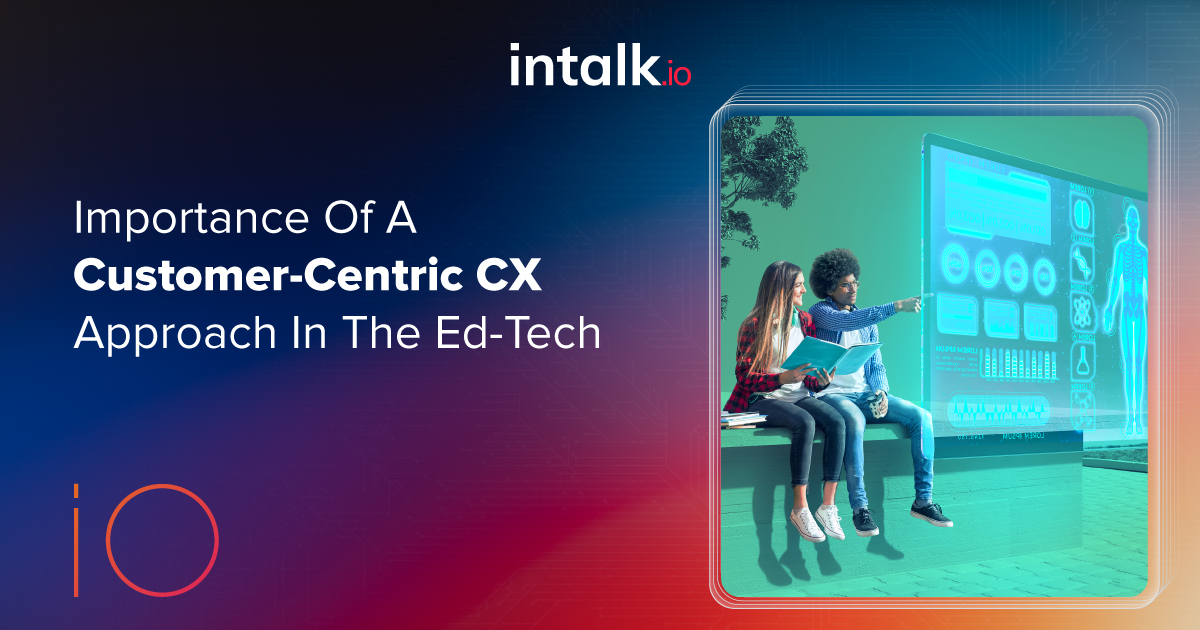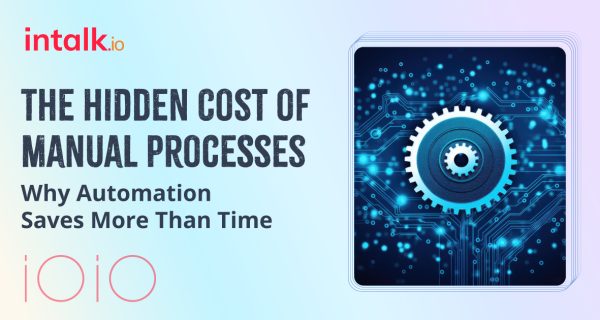Did you know that prioritising a customer-centric CX approach in the Ed-Tech sector leads to higher student satisfaction and improved academic performance?
Studies have shown that institutions that prioritise the needs and preferences of their students experience a significant increase in student engagement and retention rates.
In today’s competitive landscape, Ed-Techal providers that go the extra mile to understand and meet students’ expectations are the ones that thrive. By focusing on delivering exceptional customer experiences at every touchpoint, institutions can create a supportive and engaging environment that empowers students to excel academically and personally.
In this blog, we’ll explore the compelling reasons why embracing a customer-centric approach is no longer a luxury but a necessity in the Ed-Tech sector. Moreover, what are the possible benefits of incorporating a Customer-centric CX approach.
Customer Experience In The Ed-Tech Sector – What Are The Challenges?
The Ed-Tech sector in India is a dynamic and rapidly evolving landscape, driven by advancements in technology and changing student expectations. As Ed-Techal institutions strive to provide quality Ed-Tech, they must also prioritise delivering exceptional customer experiences (CX) to students and parents.
However, the current state of CX in the Ed-Tech sector in India reveals certain challenges and gaps that call for a transformation in approach.
- Limited Communication Channels: Traditional communication channels like face-to-face interactions, phone calls, and emails fall short in meeting the expectations of tech-savvy students and parents. There is a growing demand for more robust and modern CX approaches that leverage digital channels.
- Fragmented and Inconsistent Experiences: Ed-Techal institutions often struggle to provide a consistent experience across various touchpoints. Students and parents may face challenges when trying to gather information, seek support, or address concerns due to the lack of a unified CX strategy.
- High Call Volumes and Long Wait Times: During peak seasons, Ed-Techal institutions face a surge in call volumes, resulting in extended wait times and frustrated callers. This can have a negative impact on the overall CX and hamper the institution’s reputation.
CX In The Ed-Tech Sector – The Solution
To address these challenges and enhance CX, Ed-Tech institutions can leverage virtual call center softwares. Institutions can centralise communication channels, streamline processes, and provide real-time assistance.
Features like efficient call routing and personalised support can significantly improve the CX for students and parents.
Implementing virtual call center software enables Ed-Techal institutions to bridge the communication gaps and enhance the overall satisfaction of stakeholders. It provides benefits such as centralized communication, efficient call handling, and personalized assistance.
The Benefits of a Customer-Centric Approach for Ed-Tech Industry
Adopting a customer-centric CX approach in the Ed-Tech industry brings several significant benefits:
- Positive Word-of-Mouth and Reputation: Satisfied students and parents become enthusiastic advocates for the institution. Their positive experiences and recommendations contribute to a favourable reputation, attracting new students and enhancing the institution’s standing in the Ed-Tech industry.
- Increased Enrollment and Revenue: A customer-centric approach can differentiate an Ed-Techal institution from competitors, making it a preferred choice among prospective students.
- Alumni Engagement and Support: Engaged and satisfied students are more likely to become loyal alumni who contribute to the institution’s growth. A customer-centric approach helps establish long-lasting connections with alumni, fostering a strong support network and opening doors for collaborations and donations.
3 Ways to Implement a Customer-Centric Approach
- Prioritise First Response Time (FRT): Meeting Parents’ Expectations
In the realm of Ed-Tech, parents often seek prompt and efficient responses regarding their child’s Ed-Tech. It is crucial for Ed-Techal institutes to fulfil their responsibility of providing timely and effective answers to queries, delivering comprehensive information, and being readily available whenever parents reach out.
To ensure a high First Response Time (FRT), leveraging advanced virtual call center softwares that supports features like live chat, 24X7 service, etc becomes essential.
- Harness the Power of Feedback: Understanding Students & Parents
Bill Gates once emphasised the value of feedback, stating that it plays a crucial role in our personal growth. As an Ed-Tech, it is vital to seek and analyse feedback from both students and parents to truly understand their needs and aspirations.
By collecting feedback on various aspects such as the quality of teaching, interactions with staff members, and the overall learning environment, you gain valuable insights.
- Boost Customer Empowerment: Introducing Self-Serve Convenience
According to Harvard Business Review, a staggering 81% of customers across industries prefer resolving issues on their own before seeking live assistance. In line with this trend, we present the self-serve portal—an invaluable resource for students and parents.
With our knowledge base or FAQ area, students and parents can access comprehensive information independently, eliminating the need for constant assistance. This self-serve option streamlines processes, promotes your school’s online visibility, drives student enrollment, and enhances the overall customer experience.
Conclusion
By adopting a customer-centric approach, Ed-Techs can reap numerous benefits. Enhanced student satisfaction, improved retention rates, positive word-of-mouth, increased enrollments, and stronger alumni engagement are just a few of the advantages that come with prioritising the needs and preferences of students and parents.





